Following is Not Easy
Part Two: Connection and Rotation
By Paul Stachour
The second word is “Connection.” I have to connect with my dance-partner, or partner dancing just will not work. If we do not connect well with each other, it will be that we are then dancing separate dances next to each other, instead of dancing with each other as a pair. And how strong does the connection need to be? I know as a leader dancing with a very new dancer that the connection on my part has to be very strong, or the follower does not perceive it, and we will not be able to dance together. As the follower gets better, they can create a stronger connection, thus the force which I have to use as a leader diminishes. For example, one of the connection instructions that a teacher often gives is: “The leader must put their right hand on the follower’s shoulder blade, and the follower must put their back into the leader’s right hand.” I don’t know about you, but I find it quite difficult to keep my back connected on the leader’s hand as we move together down the dance floor. When I can, the movement is so much more fluid and graceful. Without that connection, we do not move together as a pair reliably.
Allow me to provide a connection example from the West-Coast-Swing whip pattern. The leader begins by stepping backward in the slot, then left and forward onto the rail. The first brings the follower forward in the slot, the second begins a right rotation. If there is not a good connection, neither happens very well. If we examine the pattern from the leader’s point-of-view, then there are two places where the connection needs to be solid: the beginning of step one, to start the follower moving forward, and the beginning of step two, to start the rotation. If the connection is somewhat loose at other points, it is not as important, as no change-of-direction is being requested. If we examine the pattern from the follower’s point-of-view, the connection needs to be good at all times, since it is unknown to the follower exactly when the direction change will be requested. I know that, for me, it took me about six months to perceive where the leader was asking me to change my direction, and to adjust my actions accordingly.
The third word is “rotation.” Rotation is a challenge for me as a follower. I do not find it easy to rotate and keep balance, especially if I am being asked to rotate more than one full circle. I need to keep my head directly above my shoulders, and my feet properly under the center-of-gravity of my body, while moving down the line-of-dance. With a higher center-of-gravity than most females, I find it difficult to keep everything properly above each other as I rotate.
Allow me to state that I know that I should move first, then rotate, then move again, rotate again, etc.; especially in a pattern such as the 3-step turn in Cha-Cha. I also know that it is not the leader’s role to keep me upright as I rotate. I do seem to be able to balance when the turn is one full rotation or less, but often tend to fall out of balance when the rotation is longer.
Next month I’ll continue with some observations by people (leaders) who have led me in the follower role.
